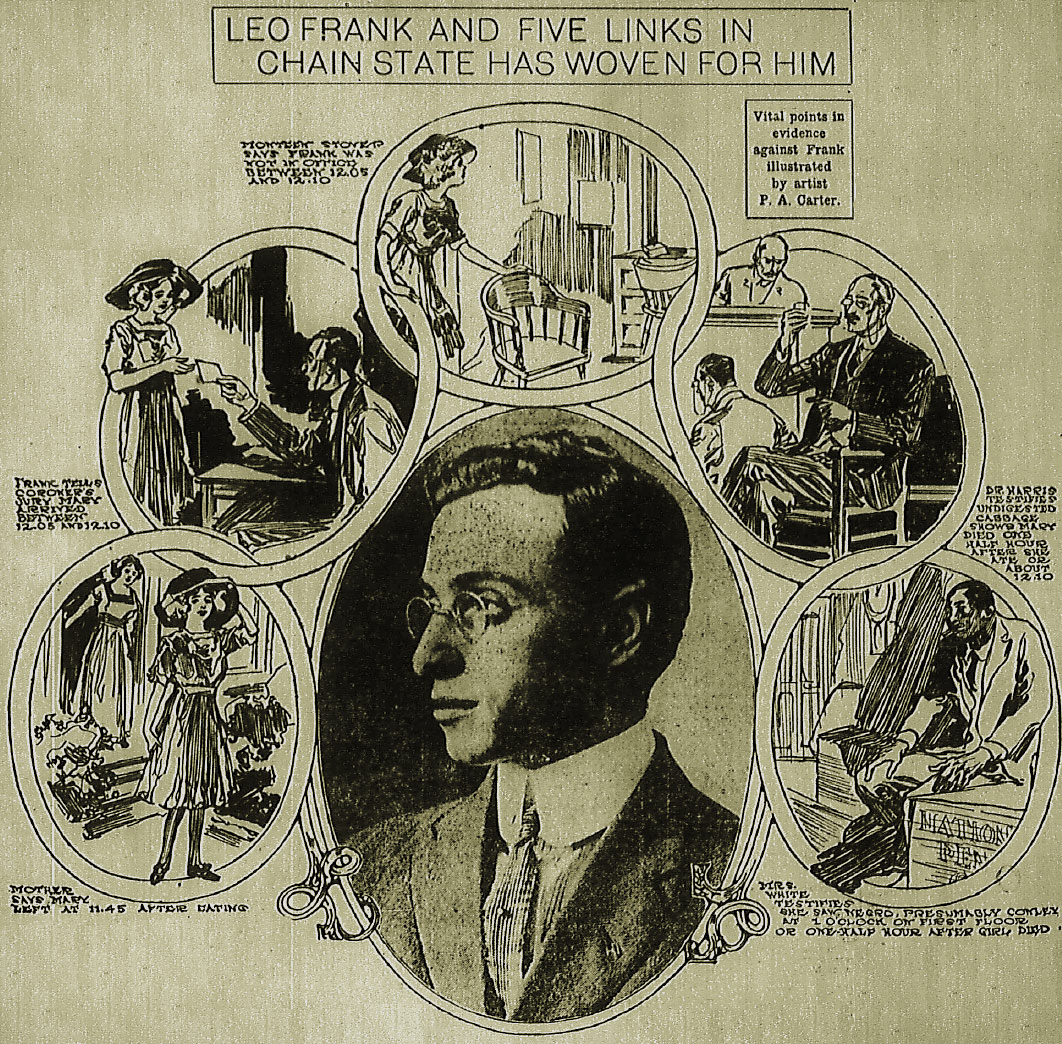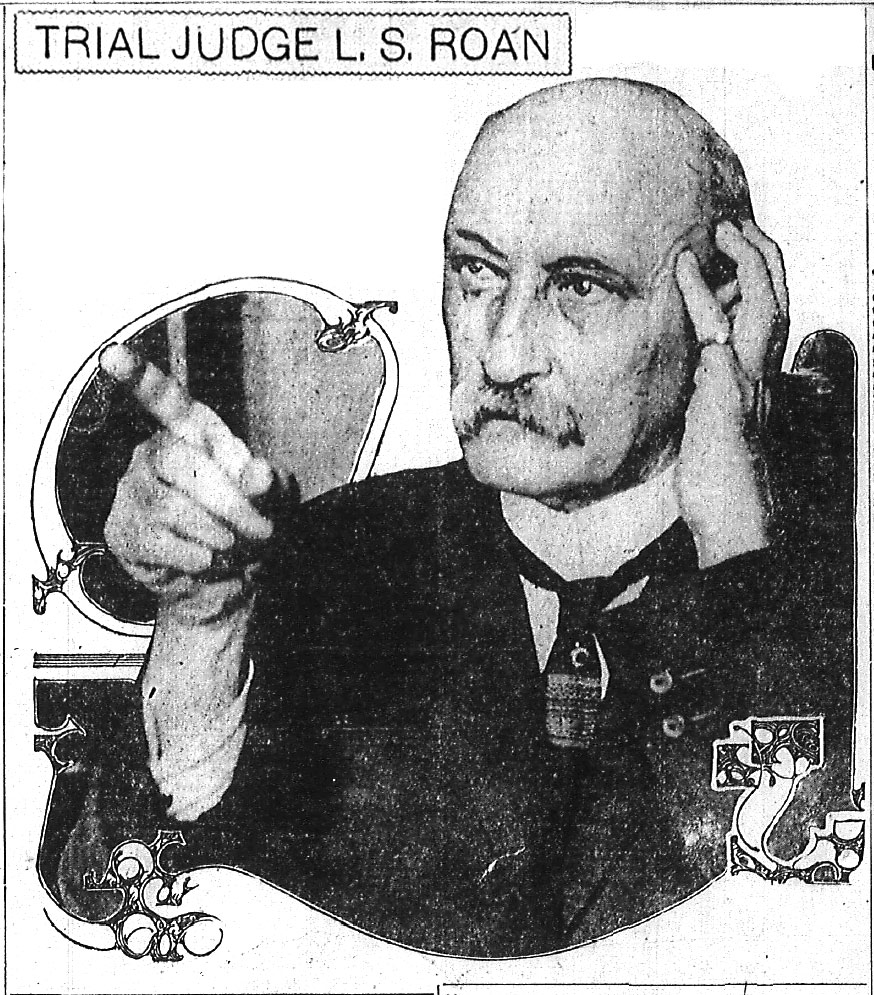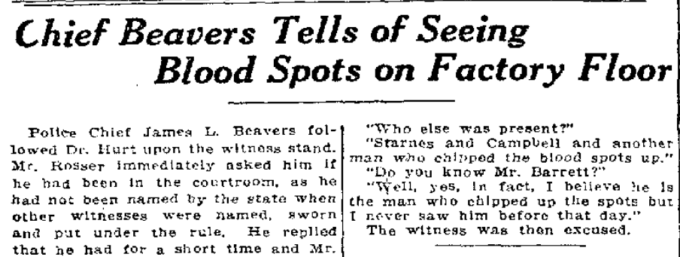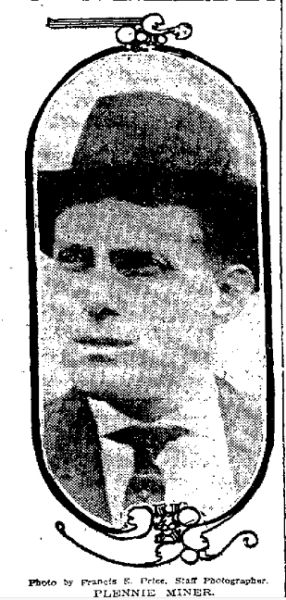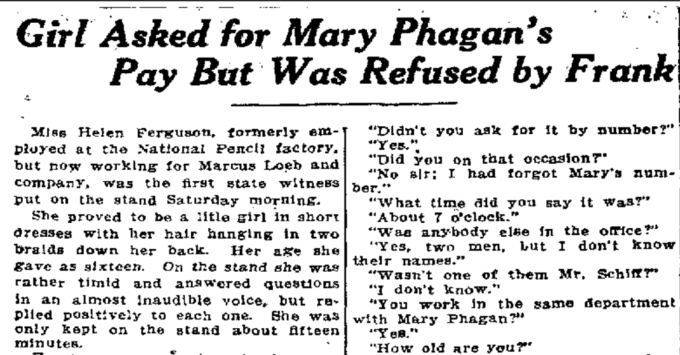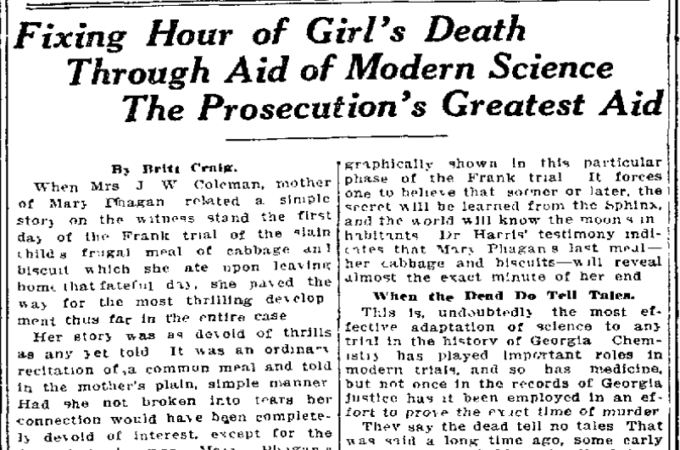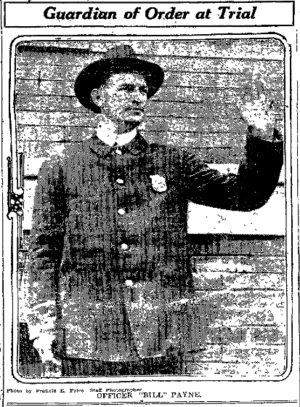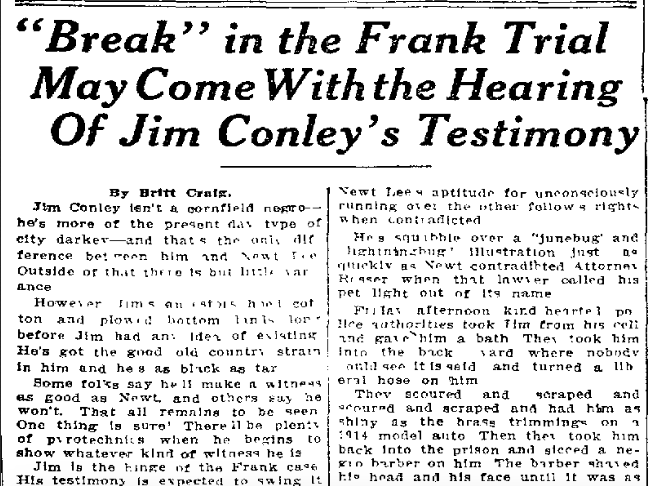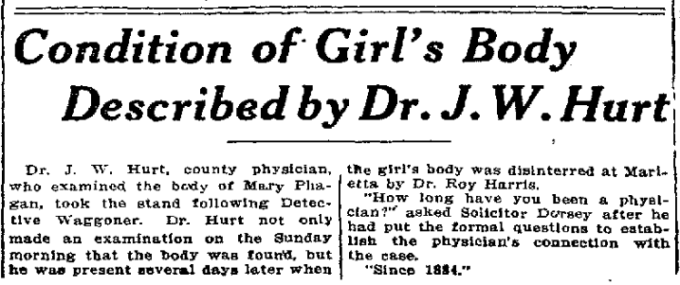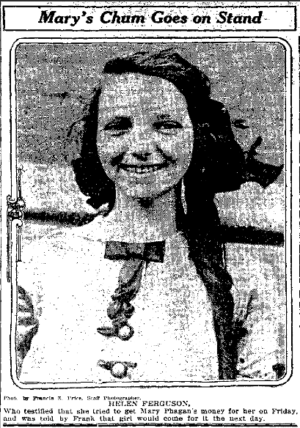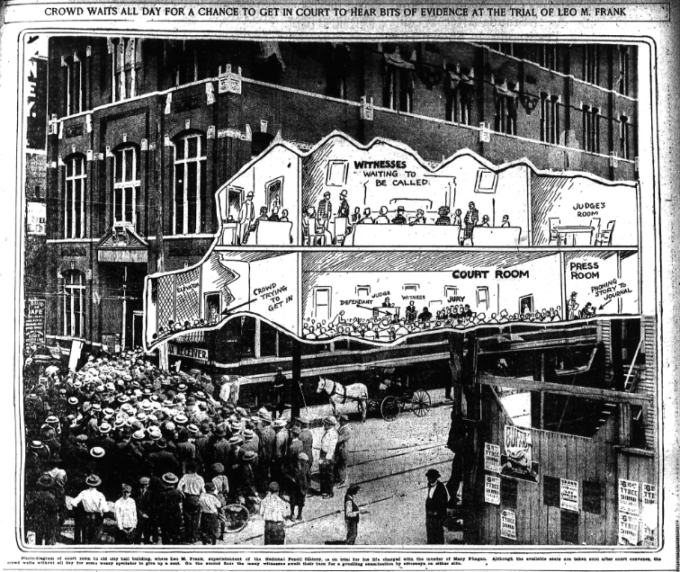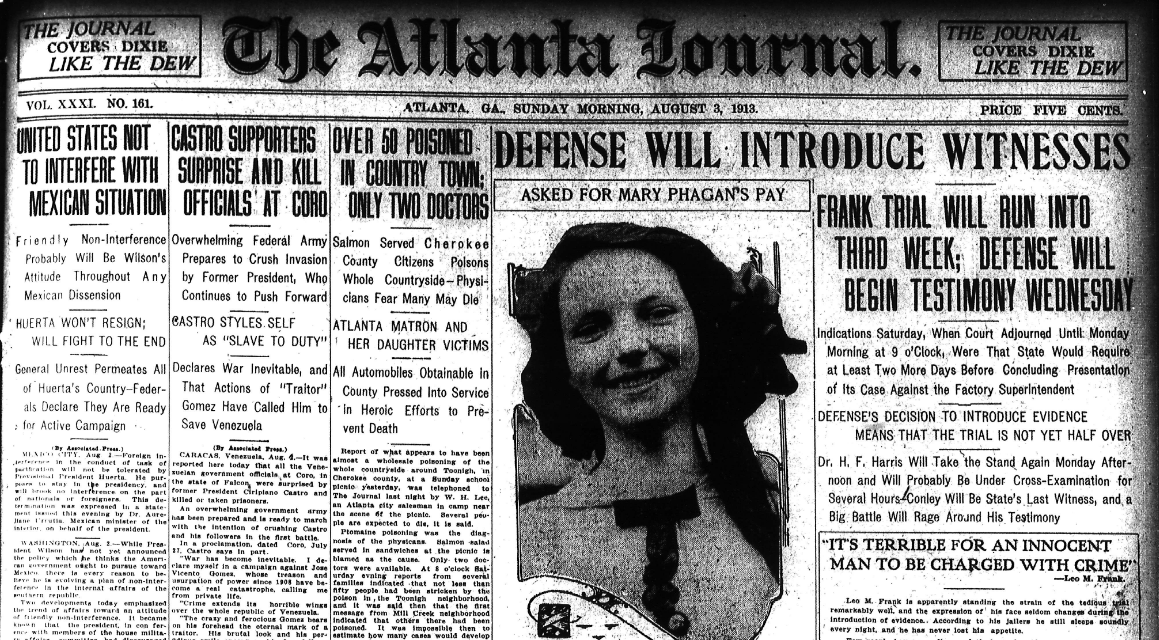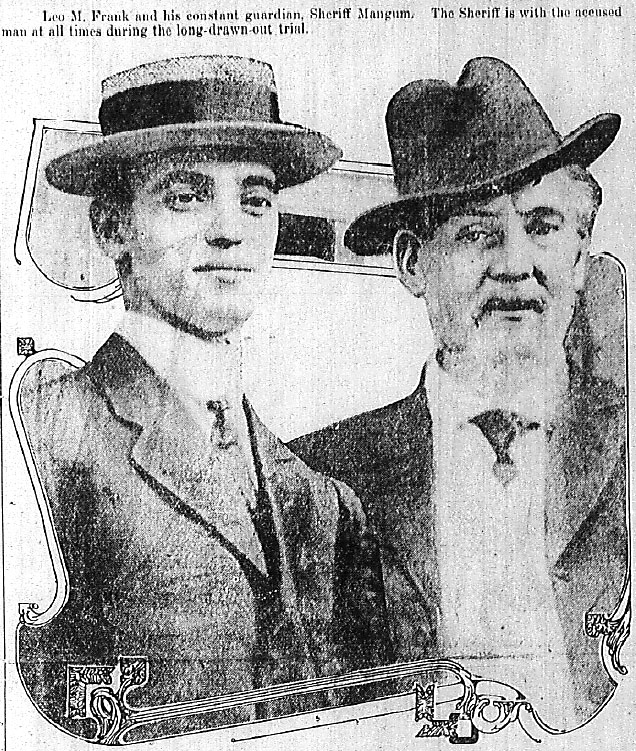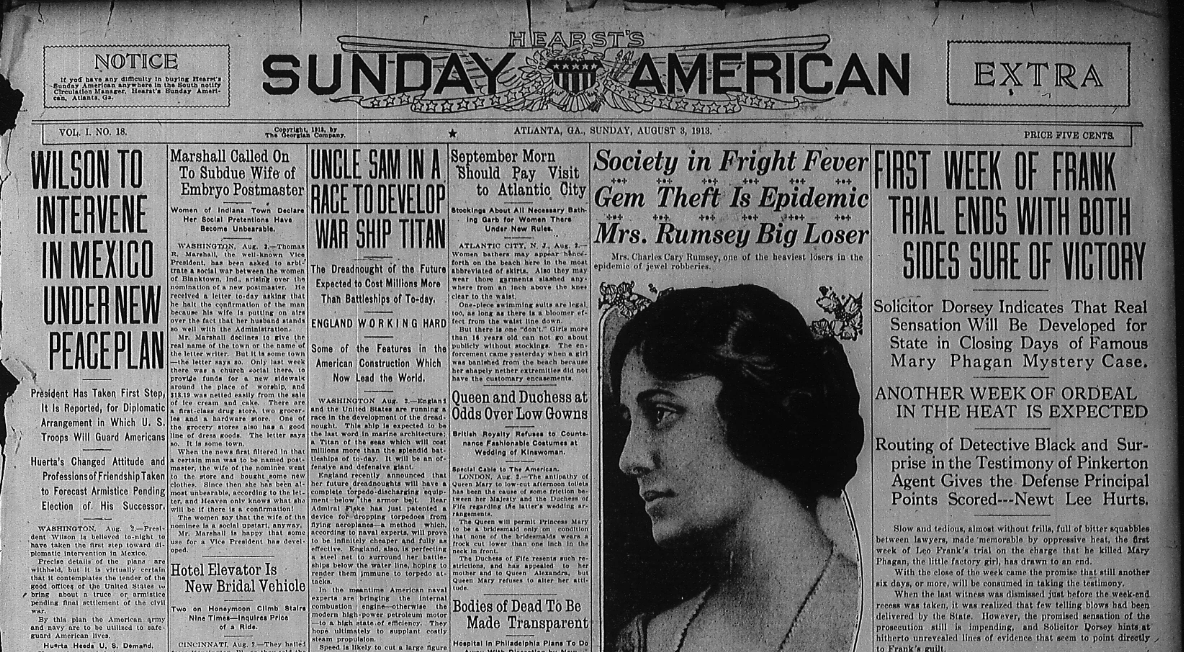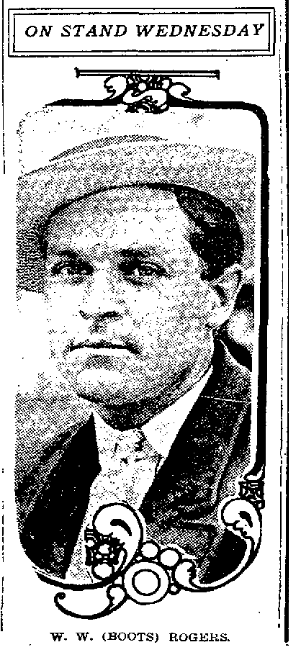Another in our series of new transcriptions of contemporary articles on the Leo Frank case.
Atlanta Georgian
August 4th, 1913
By O. B. Keeler.
Jim Conley, hewer of wood and drawer of water.
On the witness stand at the Frank trial this morning, Jim unfolded a tale whose lightest word—you know the rest. It was a story that flexed attention to the breaking point: a story that whitened knuckles and pressed finger nails into palms; a story that absorbed the usual courtroom stir and rustle, and froze the hearers into lines upon lines of straining faces.
And Jim Conley told that story as he might have told the story of a day’s work at well-digging, or driving a dray, or sweeping up the second floor at the National Pencil Factory.
Jim was matter-of-fact.
Continue Reading →

